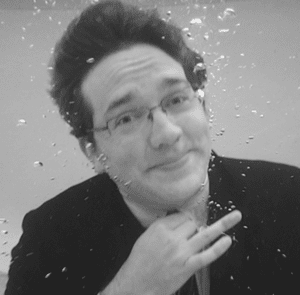It is widely accepted that Picasso, one of the greatest artists of all time, made 30,000 works in his lifetime. I like exactly 4 of them. I wish I liked his work. I really do. I wish I could talk passionately about it when I present it to my kids and believe what I was saying about why people love his stuff. But I just can’t do it. Yes, he broke from convention, started new art movements, and did some great things. For me, though, his work holds no interest; I think it’s because there’s no tact, no subtlety, no grace in most of what he has done. Seriously–what is this?
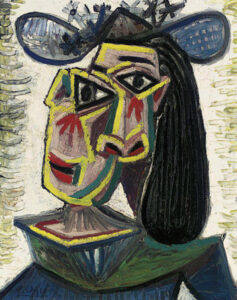
That being said, there is still a lot my kids can learn from him, so I will continue to reference and utilize his work in my teaching. But I won’t like it.
I decided to ask a few teachers from around the country if they’re feeling the same way about any artists. Here are the artists they don’t want to have to introduce when it comes to Art History.
Ian Sands: High School Choice-Based Teaching Superstar and AOE Writer
“When I teach art history, I tell my students that Picasso was a jerk. I have a 5-point PowerPoint I show outlining the reasons. It starts with him saying he was no good at math because he said the number 7 looked like an upside-down nose (what a jerk) and ends with him dumping his mistress, abandoning his children and marrying another. What a jerk!”
Matt Grundler: Elementary Teacher and Team Grundler Member (1 of 2)
“For me, it’s teaching about Frida Kahlo – trying to get kids to look past the big bushy eyebrows and mustache. How many times can I hear ‘Is that a girl?'”
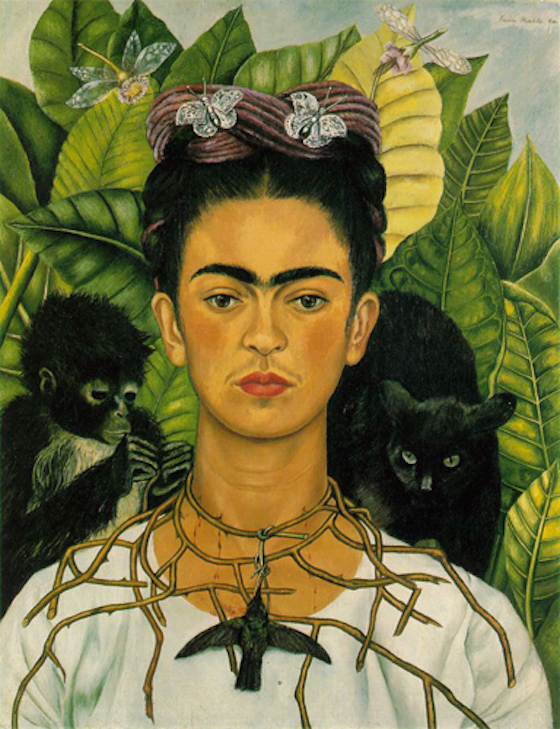
Laura Grundler: Visual Arts Coordinator and Team Grundler Member (2 of 2)
“I could never stand trying to teach Rothko to 9th graders because they could never understand the simplicity of the paintings.”

Andrew McCormick: Jr. High Teacher and AOE LIVE Podcast Host
“I don’t teach any artist that I don’t love. I am able to drive all my curriculum, so I only talk about the artists I love, or more accurately, the ones I know my kids will love and the ones that will resonate with them. I do have a general rule of thumb–very few dead white dudes. Students need to see and understand that art is contemporary and living now . . . and that art is made by everyone. The canon of art history is cluttered with too many stuffy European males!”
Note: When reached for comment on Andrew’s “stuffy European males” quote, this was Gustave Courbet’s reaction:

Abby Schukei: Elementary Teacher and winner of AOE’s 2014 Blog of the Year Contest in the Rising Star category
“I’m rather fascinated by the early-Fauvist style and color choices of Henri Matisse, but in the elementary classroom, I have a hard time making it work. His style of portraiture, even with my love of color, does not translate well with my students and confusion seems to erupt.
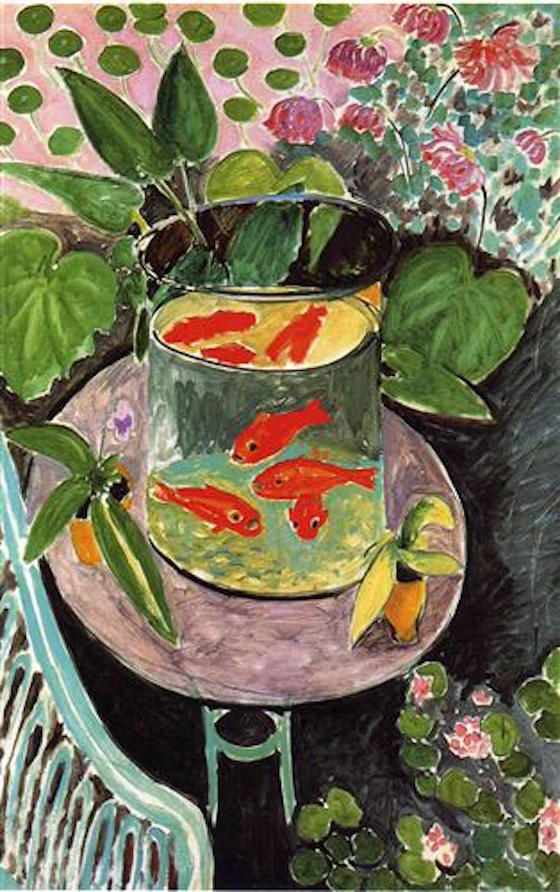
I can’t even go near The Goldfish–the perspective, or lack thereof, makes my eyes a little sore. I do have to applaud Matisse for continuing his work even when his health became an obstacle, but the paper cut-outs and collages are not extraordinary. The simplicity of his decoupage work exhibits no aesthetic power.”
Jen Carlisle: Middle School Teacher and AOE Writer
“It’s not necessarily an artist that I don’t like, but the overuse of the artist’s images. I hate Kandinsky’s circles. I swear they have been done and done and done. Same goes for most things Mondrian–Look kids! We can used red, yellow and blue to make art!”
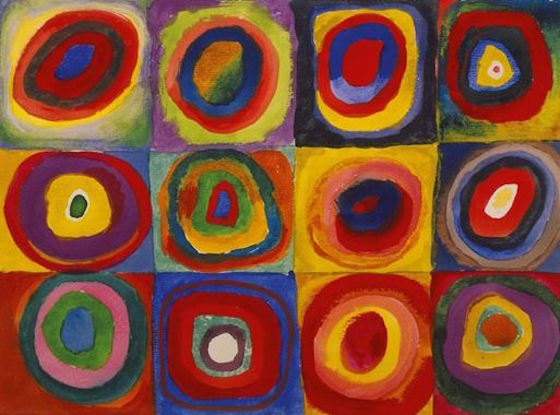
Joy Schultz, High School Art Teacher Extraordinaire and Blogger
“I really don’t like to teach Picasso, specifically the cubist portraits. I am comfortable with all other Picasso works, but the fractured portraits….ugh!!! How to do it successfully without a formula?! And, I don’t like doing that without enough freedom for individual student “voice”.

If you teach it with freedom, it no longer appears to relate to the fractured Cubistic portraits. Of course, I could just pass out mirrors and have students look into them after the mirrors get smashed, but that doesn’t sound safe or seem to offer any good luck for my future.”
All teachers seem to have their own artists they just can’t make appealing (We’re looking at you, Pablo). Should we continue to teach these artists? I would argue yes, but that is probably a discussion for another time. Until we figure out a better way, we likely need to just grit our teeth and keep teaching about the artists we can’t stand.
{image source}{image source}{image source}{image source}{image source}{image source}
Which artist or artwork are you just sick and tired of teaching?
Who would you like to throw out of your art history curriculum?
Magazine articles and podcasts are opinions of professional education contributors and do not necessarily represent the position of the Art of Education University (AOEU) or its academic offerings. Contributors use terms in the way they are most often talked about in the scope of their educational experiences.
